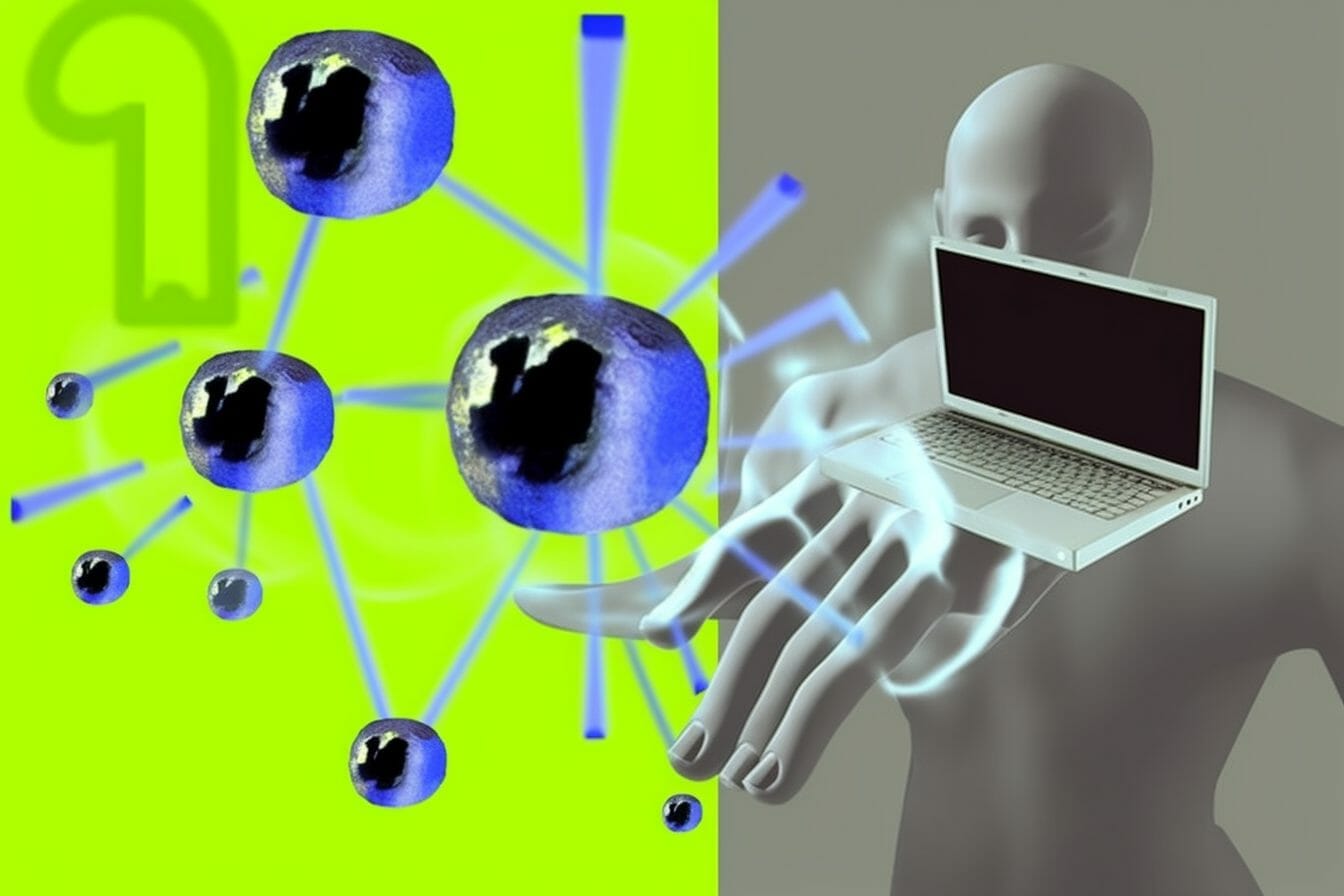
Web3 vs Web2
It is common knowledge that blockchain aims to resolve some of the most controversial aspects of the current economic system and the evident distortions the Internet (Web2) created and expanded.
In fact, some of Web3 ‘s main proposals are linked to the concepts of financial freedom, data ownership and security, transparency, accountability and disintermediation of economic activities.
While some of these ideas are currently just theorized and others still only sketched out in test environments, it is possible to appreciate some peculiar evolutions that differ greatly from the Web2 world.
One of these evolutions, on which this post focuses, is the set of efficient and transparent onchain processes for allocating financial resource, capable of creating positive-sum games, expanding the overall growth of the web3 ecosystem and developing new business models.
Resource Allocation
Contemporary societies are plagued by inefficient – and often unfair – ways of distributing wealth. Statistics explaining the evolution of the distribution of financial power show how the allocation of these resources tends – in almost all countries – to progressively concentrate in a few hands. These inefficiencies are not limited to the distribution of wealth towards citizens, but also impact businesses’ access to credit and resources for growth.
The classic forms of resource allocation dedicated to innovation and new businesses can be identified in the forms of self-financing, “friends and family” fundraising, crowdfunding, financing by institutional actors, incubation and acceleration processes as well as rounds of financing towards private and institutional investors.
Often, the endogenous push for the growth of an economic sector generally comes from its main companies and organizations which attract new companies and builders into their ecosystem through the offer of financial and non-financial incentives.
The Web3 world has inherited and reworked all these allocative processes, using new tools to expand liquidity collection capabilities, such as fungible (FT) and non-fungible tokens (NFT) and composable onchain financial instruments.
A fungible token is the representation of an exchangeable asset on a blockchain, while an NFT is the representation of a unique digital asset on a blockchain. Since both types of tokens can have intrinsic financial and governance value, they serve as optimal forms of incentives to distribute to Web3 companies/projects building in the token’s reference ecosystem.
The distribution of incentives / grants in the form of tokens is a major difference in respect to what happens in the traditional markets and the relative abundance of token based grant programs has allowed the development of innovative forms of resource allocation.

Types of Web3 grants
Blockchain grants are forms of funding and incentives offered to builders who contribute to the development of a web3 ecosystem.
To date, the main forms of assignment of Web3 contributions are distinguished between:
- Proactive grants, through which funds are allocated to respond to specific development needs of the ecosystem.
- Reactive grants, which provide for the distribution of funds to respond to the needs expressed by the community.
- Retroactive grants, distributed by measuring the usefulness and impact that the projects and builders have achieved in the ecosystem.
- Quadratic Funding (QF) grants, a crowdfunding mechanism that amplifies community donations through further allocation of funds.
Quadratic Funding and Voting in detail
Quadratic Funding (QF) is a crowdfunding mechanism that amplifies available resources by using donations from community members as a signal for allocating funds.
Since, through this mechanism, every donation (small or large) counts, the QF allows us to achieve greater community participation and better identify the projects that are most popular.
Quadratic Funding is therefore a form of voting by communities, which use their own funds to more carefully direct the distribution of ecosystem resources.
Alongside QF there is also Quadratic Voting, a collective decision-making procedure that involves individuals assigning votes to express the degree of their preferences, and not just the direction of their preferences. Unlike the QF, the QV does not include the financial element, thus lowering the participation threshold.
Grant campaigns and Web3 use cases
The expansive push of blockchain ecosystems has led to the development of numerous proactive and reactive grants dedicated to all the various web3 use cases. Among the web3 use cases most encouraged through grant campaigns are those linked to the NFT world, for example in favor of the development of infrastructures, marketplaces and video games.
In contrast, to date there are few examples of grants specific to Cryptoart as an NFT use case and perhaps none made through Quadratic Funding.

Cryptoart today
Crypto art is not in excellent health today: global economic tensions and the concomitant persistence of the cryptocurrency bear market explain only part of the problem. Other reasons can be identified in the positioning of Cryptoart within the world of Art and in the accessibility and comprehensibility of the data inherent to it.
Generally, crypto art is usually measured based on sales transactions made and the minimum price of collections, but these metrics do not allow a deep understanding of the phenomenon, as well as artists and collections.
The trading aspect of NFTs is often distorted and presented as a form of speculation rather than appreciation or investment.
Furthermore, transactions and floor prices do not allow to understand and measure the appreciation that fans and communities have for artists.
Cryptoart is thus perceived as unattainable to all those who cannot afford to purchase the works, with the direct consequence that communities linked to cryptoartists are generally made up of NFT owners only.
Can crypto art use Quadratic Funding (or Voting) to reach its potential admirers and probe their artistic preferences?
What QF and QV can bring to NFT Art
As noted above, Quadratic Funding is an excellent tool for probing the preferences of ecosystem participants and directing growth efforts by raising donations.
By following this process, an artist would have the opportunity to open up to the public and raise funds to dedicate to the development of an artistic project.
In exchange for donations, the artist could experiment with forms of shared ownership of the developed artwork or create a DAO to decentralize the project governance process.
Alternatively, the artist can experiment through Quadratic Voting, thus excluding the fundraising element to focus more on listening to the community and lowering the participation threshold even further.
Conclusion
The Web3 world moves in the field of innovation and experimentation, creating and testing connections to the most invisible.
Can the QF or QV help the evolution of crypto art and transform it into a mass movement, attracting and listening to communities without limiting themselves to holders alone?
QF has taken several years to establish itself as the primary decentralized resource allocation system among web3 communities, suffers from several limitations and bugs, and is still in the growth and development phase.
It is likely that in its current state it is not the optimal means to push the masses towards crypto art.
However, the QF and the QV allow us to think about innovative ways of interacting with the communities, collecting their moods and preferences.

Marco Grendel
In 💜 with @0xPolygon 2.0 | Head of DAO Ecosystem @0xPolygonLabs | @banklessDAO | jokedao maxi
You may also like
Print as Witness: Fakewhale at WUF Basel 2025: Celebrating Paper
Fakewhale is pleased to participate as official presenting partner of WUF Basel 2025: Celebrating Pa
MMMAD Festival 2025: “Abracadabra”: of Magic and Technology
From April 24 to May 24, Madrid becomes a hub of artistic and technological marvels, hosting the six
Fabio Giampietro: Dissolving Traditional Art Frameworks
When it comes to contemporary art, Fabio Giampietro stands out for his unique fusion of traditional




